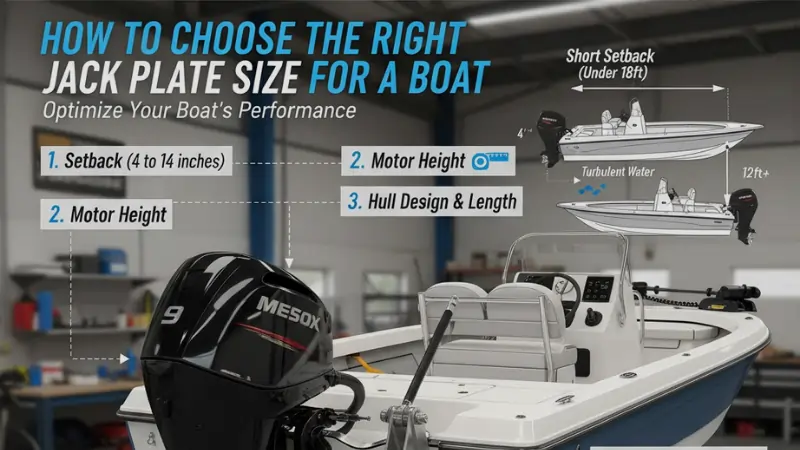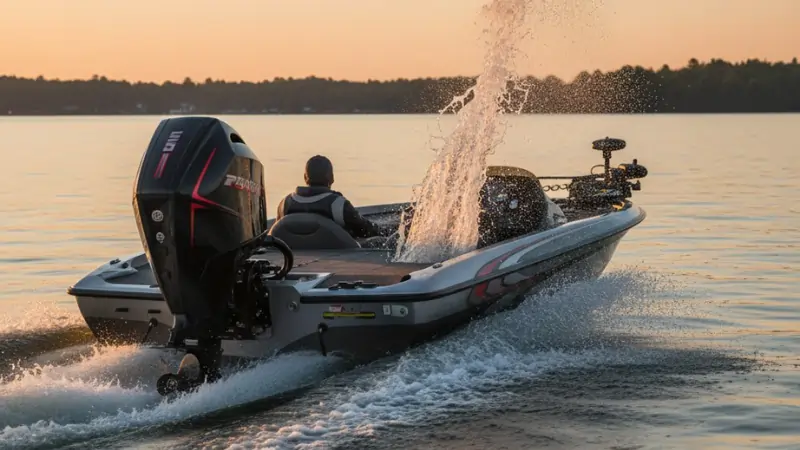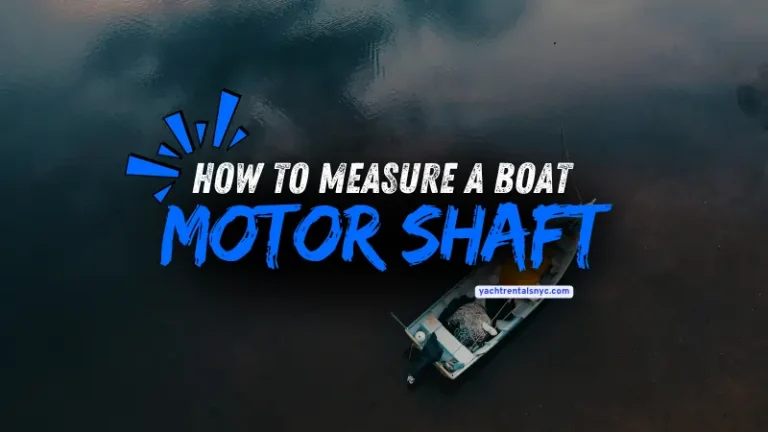What Is a Jack Plate for a Boat – Complete Guide
Ever hit a shallow spot and watched your prop chew up sand? If you’ve found yourself in this situation, you might have asked what is a jack plate for a boat. Simply put, it’s a real helper that steps in to solve this problem. This simple add-on changes how your outboard sits on the water, opening up spots you once skipped. If you fish flats or chase bass in skinny creeks, understanding jack plates makes your days longer and smoother.
Boats without one stick to deeper paths, but with it, you pick your line freely. It adjusts the motor height on the fly, so the prop grabs just enough water without dragging bottom. Next, we’ll break down what it is and why it pays off for everyday runs.
What Exactly Is a Jack Plate?

A jack plate fits right between your boat’s outboard motor and the transom. It serves as an adjustable mount that raises or lowers the engine. This setup gives you control over the propeller’s position in the water.
You secure the plate to the boat’s back with bolts. Then, the motor attaches to the plate itself. As a result, you avoid direct fixes that limit height changes.
Fishermen on flats boats often rely on these for tight spots. The sturdy metal design handles salt spray and rough use. In short, it turns tricky waters into open paths.
Why Do Boaters Use a Jack Plate?
Boaters turn to jack plates mainly to clear shallow areas. Raising the motor keeps the prop from hitting sand or weeds. You glide over spots just a foot deep without worry.
It also speeds up your start on the water. Lower the engine at idle for better grip, then lift as you go. That quick shift cuts wait time to full speed.
Many report fewer scares in skinny channels. The extra height means peace of mind on unknown routes. Overall, it opens up more places to explore.
Understanding Setback on a Jack Plate
Setback refers to the distance a jack plate extends your motor back from the transom. Common sizes run from 4 to 10 inches. This push places the prop in undisturbed water flow.
On a 17-foot skiff, a 6-inch setback often steadies the ride. Less can cause bow dive in waves. More might overload the stern at idle.
Measure it from the transom’s flat face to the mount’s center. That exact figure matches your hull’s needs. For visuals, think of a straight line diagram showing the engine shifted rearward—manufacturers like Vance Mfg sketch it clearly in their guides.
How to Choose the Right Jack Plate Size

Begin by sizing up your boat’s length and motor weight. Boats around 18 feet pair best with 6-inch setbacks for balance. Heavier setups over 200 pounds call for wider bases.
Factor in your typical runs next. Shallow bays demand more lift range, up to 10 inches. Deeper lakes work fine with 4 inches.
Test the bolt pattern against your transom holes. A snug match prevents shakes at speed. Pro tip: Consult charts from Bob’s Machine for load ratings per size.
Manual vs. Hydraulic Jack Plates
Manual jack plates rely on levers or cranks for adjustments. You pause, turn a handle, and lock it in place. These shine for occasional tweaks on quiet outings.
Hydraulic versions pump fluid via a dashboard switch. Flip it on the move for instant shifts. That convenience suits active fishing in variable depths.
Manuals weigh less and cost under $300 often. Hydraulics add $500 or more but include safety valves. Choose based on how often you adjust—frequent users pick power.
Types of Jack Plates and Special Features
Fixed jack plates stay set at one height with built-in setback. They suit light motors under 50 HP for simple boosts. No moving parts mean low upkeep.
Sliding models allow side shifts for prop tweaks. Pins release the frame for repositioning. This fixes alignment on angled transoms.
Hydraulic types often feature auto-locks and tilt links. Some from Atlas include stainless rams for corrosion fight. Check diagrams on their sites to see the ram in action—it’s like a scissor lift under the motor.
Will a Jack Plate Really Improve Performance?

Jack plates can lift top speeds by 1 to 4 mph on average. The higher mount trims gearcase drag for cleaner hull runs. Real tests show gains on setups like 16-foot tillers hitting 44 mph with a 6-inch plate.
Holeshot times drop too, often by seconds. Start deep for thrust, then rise for cruise. Fuel use dips 10-15% at mid-speeds from better efficiency.
Turns feel crisper with prop in sweet water. But results vary by hull—flat bottoms gain most. Track your GPS before and after for proof.
Where to Get a Jack Plate for Your Boat
Marine outlets like Cabela’s carry entry-level plates ready to go. Browse shelves for manual options under $200. They stock hardware too for same-day fixes.
Manufacturer websites, such as T-H Marine, sell direct with custom kits. Order a hydraulic for $800 and get free shipping perks. Reviews there highlight fit issues to avoid.
Local shops offer installs starting at $150. Bring your boat specs for spot-on advice. Shop around for warranties—most cover five years.
Wrapping It Up: What Is a Jack Plate for a Boat?
A jack plate boils down to better control and access on the water. It tackles shallows, sharpens starts, and adds speed without major overhauls. If you chase fish in thin spots or crave quicker runs, it’s a solid add.
Not every rig needs one—deep-water cruisers skip it fine. Weigh your routes and budget first. In the end, it keeps more fun on the boat and less stuck in mud. And this principle of optimizing your time on the water applies to any vessel. Whether you’re fine-tuning your own bass boat or stepping aboard a luxury yacht rental in NYC, that freedom to explore, perform, and access incredible locations is what boating is all about.





